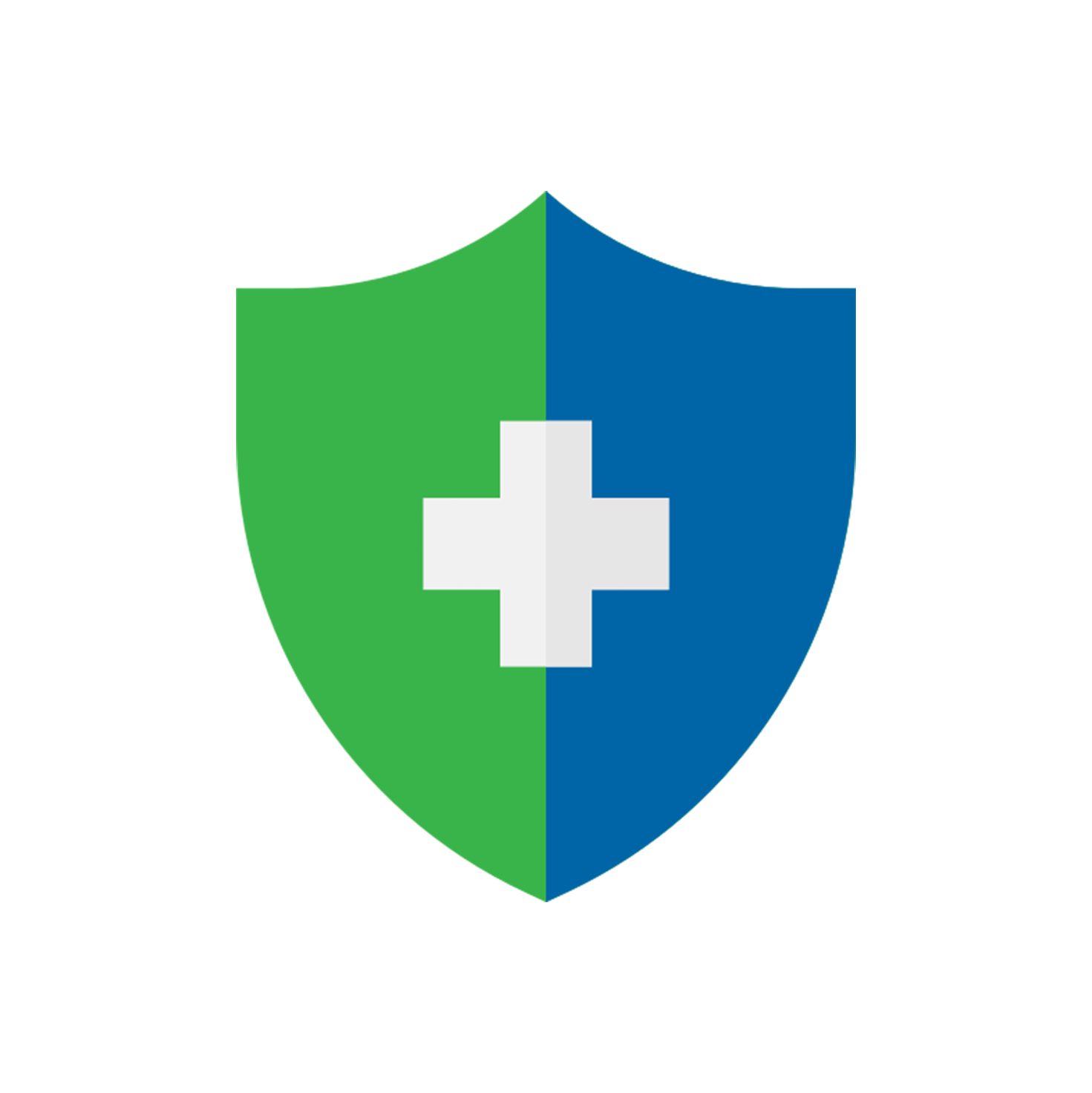Liver cancer is the third leading cause of cancer deaths in Hong Kong. A total of 1 487 people died from this cancer in 2018, accounted for 10.2% of all cancer deaths. Males, especially those aged 63 to 69, are more susceptible to this disease than females, reflected by the male to female ratio for the incidence of 3.5 to 1 in 2018. Globally, over 80% of liver cancer cases are from Asia.
Liver: A Vital Organ of Your Body
The liver is a vital metabolic organ. The main functions of the liver include:
- Produce and store glucose for use when necessary.
- Produce bile for digesting fats in food.
- Detoxification of toxins and alcohol.
- Produce proteins, blood-clotting components, antibodies and cholesterol.
Early liver cancer is hard to notice and detect for two reasons. Firstly, the hepatic nerves scatter on the surface of the liver, but there is none inside. Therefore, early-stage tumours grown in the liver do not cause noticeable symptoms, making it difficult to notice. Secondly, the liver is the only organ with the ability to self-repair. Even though some hepatic cells are damaged, the other part of the liver can still support the body to function normally. As such, early-stage liver cancer is hardly noticeable and curable.
Causes of Liver Cancer
When liver cells undergo mutation and grow out of control, it leads to liver cancer, further classified as primary and metastatic liver cancer.
Primary liver cancer
- Hepatoma or hepatocellular carcinoma (HCC)
This is the most common type, taking around 80% of primary liver cancer. In most cases, cancer cells only grow in the liver and seldom spread to other organs. However, hepatocellular cancers can have different growth patterns.
- Single tumour: Some begin as a single tumour that grows larger. Only late in the disease does it spread to other parts of the liver.
- Multiple tumours: It starts as many small cancer nodules throughout the liver, not just a single tumour. This is seen most often in people with cirrhosis (chronic liver damage).
- Bile duct cancer or cholangiocarcinoma
About 10% to 20% of cancers that start in the liver are intrahepatic cholangiocarcinomas. These cancers begin in the cells that line the small bile ducts (tubes that carry bile to the gallbladder) within the liver. Most cholangiocarcinomas, however, actually start in the bile ducts outside the liver. Therefore, cholangiocarcinomas are often treated the same way as hepatocellular cancers.
Secondary liver cancer (metastatic liver cancer)
The liver can detoxify toxins and alcohol, making it more prone to cancerous cells through the bloodstream, causing metastatic cancer. When cancer is found in the liver, it does not start there but has spread from somewhere else in the body, such as the colon, pancreas, stomach, breast and lungs.
Symptoms of Liver Cancer
As mentioned, the signs and symptoms of early-stage primary liver cancer are not apparent. If you observe the following symptoms, it may signal tumour growth and start deteriorating your liver’s functions.
- Losing weight without trying
- Loss of appetite
- Upper abdominal pain
- Right shoulder pain
- Nausea and vomiting
- General weakness and fatigue
- Abdominal swelling
- Yellow discolouration of your skin and the whites of your eyes (jaundice)
- White, chalky stools
- Dark urine
High-Risk Groups of Liver Cancer
Liver cancer is more common in men with numerous causes. The following are the risk factors of getting primary liver cancer.
- Chronic infection with hepatitis B virus (HBV) or hepatitis C virus (HCV)
- Cirrhosis
- Certain inherited liver diseases, including hemochromatosis and Wilson's disease
- Diabetes
- Nonalcoholic fatty liver disease: An accumulation of fat in the liver increases the risk of liver cancer
- Exposure to aflatoxins: Aflatoxins are poisons produced by moulds that grow on crops (such as grains and nuts) that are stored poorly.
- Excessive alcohol consumption
- Exposure to environmental pollutants, such as inhaling polyvinyl chloride gas used in rubber factories
- Family history of liver cancer or other types of cancer
Staging of Liver Cancer
There are several staging systems for liver cancer developed from different countries. The staging systems for most types of cancer depend only on the extent of the tumour, the spread to nearby blood vessels or the metastasis to distant sites. Below is the commonly used staging.
| Stages of Live Cancer |
Site(s) of The Tumour |
| 1 |
A single tumour 2 cm or smaller that hasn't grown into blood vessels. |
| 2 |
Either a single tumour larger than 2 cm that has grown into blood vessels OR more than one tumour but none larger than 5 cm across. |
| 3 |
More than one tumour, with at least one tumour larger than 5 cm across that has grown into blood vessels |
| 4 |
At least one tumour (any size) has grown into a major branch of a large vein of the liver (the portal or hepatic vein). |
Moreover, Li Ka Shing Faculty of Medicine, The University of Hong Kong (HKUMed) developed Asia’s first liver cancer staging system with treatment guidelines, called the Hong Kong Liver Cancer (HKLC) staging system, which is more responsive to the unique risk factors in Asian population. It classifies liver cancer patients into five stages, rather than the four applied in the western countries, according to their performance status, liver function and tumour extent. This new staging system recommends more aggressive surgical treatment for patients with advanced liver cancer to raise their survival rates.
Treatments of Liver Cancer and the Fees
The best option to cure liver cancer is with surgical resection. However, only around one-fifth of patients are suitable for receiving the surgery according to their conditions, stages and liver function. In general, your doctor would recommend the below treatments to cure liver cancer.
| Treatments of Liver Cancer |
Principles |
Respective Conditions |
| Surgical Resection |
Remove the tumour and affected liver tissue nearby. |
Removal by radical surgery suits 20% of liver cancer patients whose tumours affect only one of the liver lobes and their normal liver functions. 3-year and 5-year survival rates are 62% and 50%, respectively. |
| Trans-Arterial Chemoembolization (TACE) |
Use chemotherapy drugs to block the feeding vessels of the tumour and deprive nutrient and oxygen supply, causing tumour cell death and suppressing tumour growth. |
Transarterial chemoembolisation (TACE) is a regional treatment for inoperable hepatocellular carcinoma. It is also indicated for patients with regional recurrence in the liver after the previous resection of hepatocellular carcinoma. In some patients with critically inoperable tumours, the tumour size is reduced after repeated sessions of TACE, which then becomes resectable. |
| Injection of Alcohol |
The location of the tumour is first confirmed with the help of an ultrasound or computer scan. Then alcohol with 95% concentration is injected directly into the tumour with a thin needle through the skin. The highly concentrated alcohol will dry up the cells and thus kill them. |
It suits patients whose tumour is smaller than 3 cm or whose number of tumours is less than 3. |
| Radiofrequency Ablation |
It uses a localised thermal treatment technique that causes tumour destruction by heating the tumour tissue to the temperature exceeding 60°C |
For both primary and secondary liver cancer patients. |
| Liver Transplant |
Your diseased liver is removed before metastasising to another location(s). It is replaced with a healthy liver from a donor. |
It suits patients with poor liver function and those who cannot receive surgeries and undergo TACE and alcohol injection. However, the tumour should be either 1 tumour smaller than 5 cm across or 2 to 3 tumours no larger than 3 cm. |
| Selective Internal Radiation Therapy (SIRT) |
It is an internal radiation therapy that selectively targets the tumour tissue with limited concurrent damage to healthy tissue. |
Not suitable for those who are receiving surgeries and ablation. Suitable for patients with portal vein thrombosis who cannot receive TACE and those who can receive SIRT. |
| The drug targets specific cancer cells and obstructs their growth accordingly. Currently, only oral sorafenib is clinically proven to raise the survival rate. More types of targeted therapy drugs are being invented to raise the treatment’s effectiveness. |
For those who cannot receive surgical resection, ablation or TACE. |
Since treatments of liver cancer are numerous, your doctor would opt for a particular treatment(s) according to your conditions and stage. For more details and treatment costs, please consult your doctor.
Prevention Tips for Liver Cancer
Early-stage liver cancer may not show any apparent signs and symptoms. As prevention, you should get the HBV vaccine to reduce the risk of hepatitis and liver cancer. People at high risk for HBV should be tested for these infections so they can be watched for liver disease and treated if needed.
Staying away from the risk factors below can also prevent liver cancer.
- Avoid drinking too much: Drinking alcohol can lead to cirrhosis, which in turn, can lead to liver cancer.
- Snuffing out smoking: It is well proven that many types of cancer correlate with smoking.
- Get to and stay at a healthy weight: People who are obese are more likely to have fatty liver disease and diabetes, both of which have been linked to liver cancer.
- Regular check-up for hepatitis carriers: Tests for these infections should be done every six months to be watched for liver cancer and treated if needed.
Liver cancer is unpredictable and takes a long time to treat/ On the road to recovery, you need a trustworthy and reliable companion. Cigna’s first-in-market 'Cancer and Chronic Diseases Care Program at Home' allows you to receive cancer treatments in the comfort of your homes, greatly reducing the risk of infection to you and your family members and ensures an entire focus on your treatment and well-being.
Cigna HealthFirst Elite 360 Medical Plan offers comprehensive and personalized medical coverage across the stage prevention, diagnosis, treatment and recovery, with a range of hospital and surgical benefits, optional insurance benefits with an annual limit of up to HK$50 million, personalized health assessment, three critical illnesses(cancer, stroke and heart attack) all-rounded care and international medical concierge service. A 360-degree total health protection that spans across all the key stages of your health journey. Learn more here.
Source
- 衞生防護中心- 男性常見疾病- 肝癌
- 【肝癌治療】症狀,成因及檢查
- Liver cancer - Symptoms and causes
- 本地癌症- 香港常見癌症- 肝癌
- 肝癌分期及治療| 肝癌症狀與成因- 香港綜合腫瘤中心
- 背景目標評分系統(捐贈器官的分配準則) MELD / PELD 依據的客觀醫學根據: MELD PELD
© Cigna Healthcare 2023
Information provided in this article is intended for health and fitness purposes only and is not intended for use in the diagnosis of disease or other conditions, or in the cure, mitigation, treatment or prevention of disease (see Terms & Conditions for details). Any health-related information found in this article is available only for your interest and should not be treated as medical advice. Users should seek any medical advice from a physician, especially before self-diagnosing any ailment or embarking on any new lifestyle or exercise regime. Any information contained in this article may not be suitable, accurate, complete or reliable. Cigna Healthcare accepts no responsibility for the content or accuracy of information contained on external websites or resources, or for the security and safety of using them. "Cigna Healthcare" and the "Tree of Life" logo are registered trademarks of Cigna Intellectual Property, Inc. in the United States and elsewhere, licensed for use. All products and services are provided by or through operating subsidiaries, and not by The Cigna Group.




